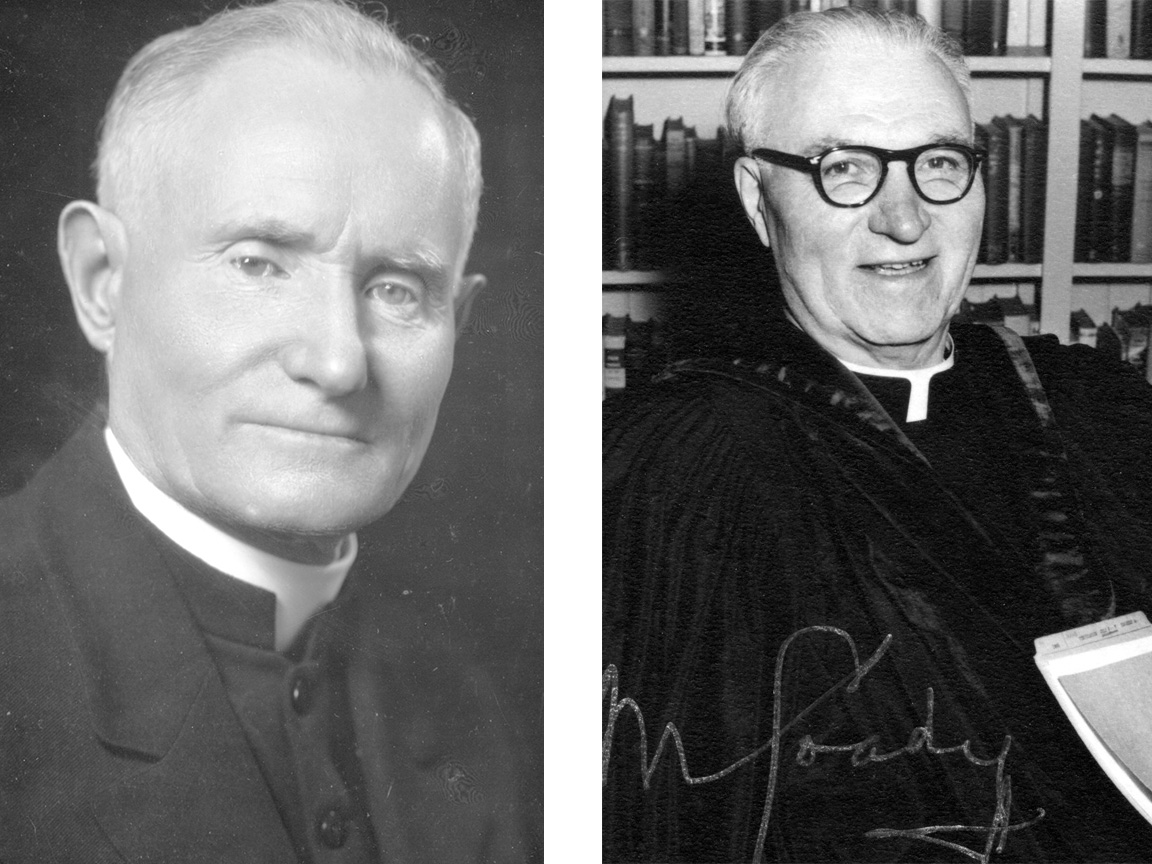Community First
The 1920s and 1930s were a time of harsh economic conditions in parts of Nova Scotia. Fishers, farmers and miners were especially hard hit. Many worked for next to nothing, while those controlling their industries grew rich. It seemed to most that was simply how the world was and had to be — until new ideas and a fresh spirit arose in eastern Nova Scotia. The different approach came to be called the Antigonish Movement. That was because it was sparked by two charismatic Roman Catholic priests, Fathers Jimmy Tompkins and Moses Coady. They were both from the Margaree Valley of Cape Breton, double cousins in fact, and each had ties with St. Francis Xavier University.
Tompkins was the first to urge ordinary people to take greater control over their lives. His activist ideas led to him being sent to what was then the remote Canso area. There, Tompkins practiced what he preached. He urged the local people to educate themselves on economic, social and political issues and to work together with others in their community for common ends. Coady shared the same vision and like Tompkins toiled tirelessly to spread the word. The two men met with people where they were most comfortable, often in their kitchens.
Together, Tompkins and Coady gradually started to change the world, one kitchen and one community at a time. Moreover, their examples, solutions and spirit spread. Starting in the late 1920s and continuing in the 1930s, co-operatives and credit unions, which the two priests championed, spread across the Maritimes and all English Canada. Not long after, in the 1940s and 1950s, the teachings and approaches of the Antigonish Movement found receptive ears in the Caribbean, Africa and Asia.
The work begun by Tompkins and Coady continues today, by the Extension Department and Coady Institute of St. Francis Xavier University, which works primarily with international students.
